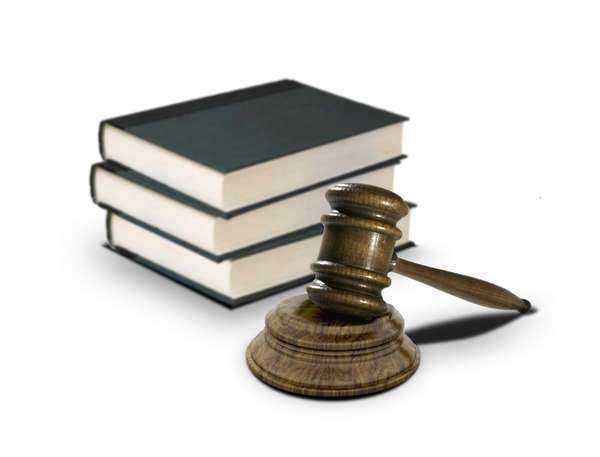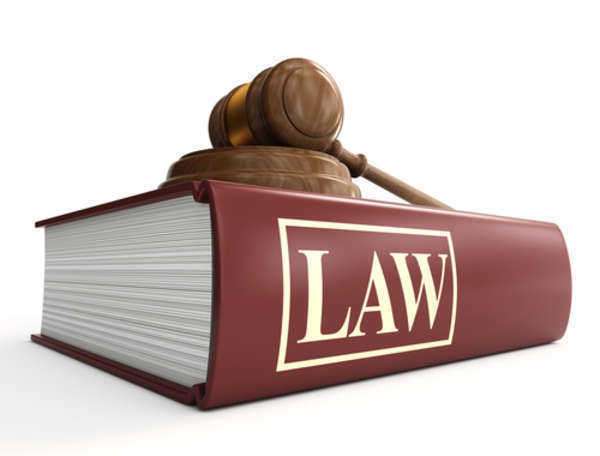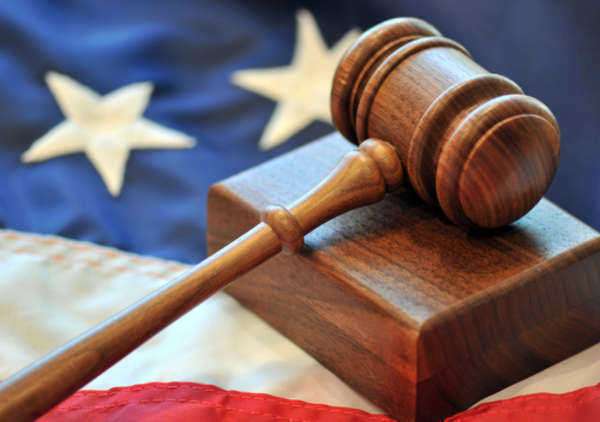IO Group v. Veoh Networks



Irving
Berlin v. E.C. Publications, Inc. (329 F. 2d 541), which took place in 1964,
was one of the many copyright infringement cases which helped shaped
copyright law and parody copyright guidelines. The court case involved Irving
Berlin’s song entitled “A Pretty Girl is Like a Melody”, in which Mad
Magazine, a popular parody magazine, parodied the song and entitled it
“Louella Schwartz Describes Her Malady”. E.C. Publications, Inc., Mad
Magazine’s parent company, was named the defendant in the case.
Mad Magazine, known for its humorous depictions of
pop culture, published a volume called The Worst from Mad No. 4. In it, Mad Magazine had a
feature called “Sing Along with Mad” in which they parodied songs and
printed replacement lyrics to artists’ songs. During the trial, Judge Irving
Kaufman famously stated that, “We doubt that even so eminent a composer as
plaintiff Irving Berlin should be permitted to claim a property interest in
iambic pentameter.” The judge was referring to meters used to establish
the rhythm in which words are arranged on each line of poetry.
The court ruled that the parody song of Irving Berlin’s
work featured in Mad Magazine did not violate parody copyright laws. All other
songs except for two were ruled out at the conclusion of the case. It was found
that two of Mad Magazine’s parodies were too similar to the original songs,
which used the same verbal hooks as the original. Berlin and other music
publishers involved in the case appealed to the U.S. Court of Appeals, though
they refused to withdraw the victory Mad Magazine had in court.
Of all copyright infringement cases, this one is important to
parody copyright law because it paved the way for parodists to use similar
meter structure of popular songs, a right that is still stands today.

The
copyright infringement case of MGM Studios, Inc. v. Grokster, Ltd. was filed in
2003 by MGM, Metro-Goldwyn-Mayer, Inc., a total of 28 other entertainment
companies, against Grokster and Steamcast. Grokster and Steamcast were
Internet companies that offered peer-to-peer file sharing. Peer-to-peer
file sharing, otherwise known as P2P file sharing, is the act of sharing stored
digital information, such as movies, music, documents, and electronic
books. This particular movie copyright suit was filed due to the fact
that a large number of the files that were being shared on these websites were
copyrighted material, some of which belonged to MGM and the other listed
entertainment companies.
In response to the copyright infringement case,
Grokster argued that if the movie copyright suit were to be found in favor of
the plaintiff, this would create the potential grounds for movie copyright
organizations to seek damages in a number of previous acts believed to be
related to peer-to-peer file sharing and copyright infringement. With
this not being the first filed copyright infringement case that Grokster was
named in on behalf of MGM, there was a great deal at stake as to what the final
decision would forecast for future movie copyright regulations.
The
copyright infringement case was originally filed by MGM, along with the 28
entertainment companies, in the United States District Court for the Central
District of California. The copyright infringement case was dismissed in
2003, due to its parallels to the Sony Corp. v. Universal City Studios movie copyright
case, and its final verdict. In the Sony Corp v. Universal City Studios
copyright infringement case, the court had to reach a decision as to the
regulation of the VCR.
Movie
copyright lawmakers had to decide whether or not VCR manufacturers would be responsible
for the actions of consumers that used their product on the basis of potential
copyright infringement. In the copyright infringement case of Sony Corp.
v. Universal City Studios, the final verdict by the Supreme Court of the United
States concluded that the function of VCR recording for individual use executed
a person’s right to fair use.
The copyright infringement case of MGM Studios,
Inc. v. Grokster, Ltd., was then filed by MGM to the United States Court of
Appeals for the Ninth Circuit. This second installment of the movie
copyright case was dismissed on the basis of the notion that P2P file sharing
is a method that is lawfully binding. Nevertheless, it was in 2005 that
the United States Supreme Court made the final ruling on the copyright infringement
case, declaring that Grokster, Ltd. and Steamcast were liable for their
involvement in the P2P file sharing being conducted on their networking
sites.
The basis
for the final Supreme Court ruling in the MGM Studios, Inc. v. Grokster, Ltd.
copyright infringement case was that the court saw the defendants’ actions as a
copyright infringement by specifically promoting such practice and capability
to consumers.

The Pirate
Bay is a website based in Sweden, functioning as a BitTorrent indexer and tracker, claiming
to be the largest website in the world dedicated to BitTorrents. BitTorrents
have raised many concerns about copyright infringement, as many users have taken advantage of the technology to
download copyrighted music, movies and other works within a matter of minutes
and free of charge. As a result, media companies owning popular copyrights have taken action against The
Pirate Bay and other similar BitTorrent websites. Websites such as The Pirate
Bay have also inspired new internet copyright law to be set into place to
combat copyright infringement.
Police Raid on the Pirate Bay
The Pirate Bay was the primary target in the fight
against BitTorrent trackers. On May 31, 2006, The Pirate Bay was raided by
Swedish police in twelve different premises and resulted in the seizing of 186
servers. The Pirate Bay was subsequently offline for the following three days.
According to
the founders of The Pirate Bay, they believe that the raid was political and
was the result of pressure from the Motion Picture Association of America
(MPAA). The effects of the raid were in favor of The Pirate Bay. However, the
website was back online days later and BitTorrent downloads through their
tracker doubled.
Following the investigation of the confiscated
servers and hard drives and interrogations by the Swedish police, a four
thousand page report was written by the prosecutor to precede an oncoming
trial. E-mail messages, SMS messages, financial records, police interrogations,
and pictures of The Pirate Bay’s website were included within the report.
The Pirate Bay Trial
The trial of The Pirate Bay vs. Sweden is one of
many high profile copyright cases and is followed closely by the internet
community, especially people who use BitTorrents. On January 31, 2008, Swedish
prosecutors filed charges against four individuals they believed were closely
associated with The Pirate Bay, a company that promoted the use of illegal
copyright infringement under internet copyright law. These individuals included
Gottfrid Svartholm, Fredrik Neij, and Peter Sunde, the current caretakers of
the website. The evidence which was to be used in the trial originated from the
raid which took place almost two years before. The trial finally began on
February 16, 2009.
On the first day of the trial, defense lawyer, Per E. Samuelson,
stressed that file sharing protocols such as BitTorrent can be used for either legal or illegal
purposes, further stating that a tool which can be used for legal and illegal
practices does not violate Swedish law. He also claimed that the users
themselves are the ones that should answer for the material which they obtained
illegally.
During the second day of the trial, the charges against The Pirate
Bay were partially dropped. Although the defense attorneys claimed it to be a
victory, the prosecutors thought that the dropped charges do not change the
main case and will allow the prosecutors to focus on the primary issue at hand.
The dropped charges were largely related to “assisting copyright infringement”,
though these charges were expected to be dropped because The Pirate Bay is not
responsible directly for distributing illegal copies of media.
As the trial continued, prosecutors claimed that
the owners of The Pirate Bay should have obtained licenses for content it helps
distribute. As a defense, Samuelson claimed that to assist in a crime that
violates internet copyright law, one would have to have close ties with the
perpetrators. Since the users of The Pirate Bay distribute files anonymously under
website usernames, they are not closely tied to them and should not be held
accountable.
For the remainder of the trial, the prosecutors
portrayed The Pirate Bay as a profitable business, creating revenue through
assisting in the violation of internet copyright law. The defense portrayed The
Pirate Bay as nothing more than an ordinary search engine an internet user
would typically access to retrieve information. Also, expert witnesses were
brought in by the prosecutors and defense, both giving contradicting views on
the effects of internet copyright infringement on media sales and profits.
The Verdict
At the conclusion of the trial, The Pirate Bay
employees were sentenced to one year in jail and a payment of damages amounting
to $3.5 million U.S. dollars. The court concluded that the defendants were
guilty of being an accessory to a crime which violated internet copyright law.
The court found that a person may be an accessory to a crime without directly
committing a crime. An ongoing appeal to the verdict is ongoing as of April 29,
2010.